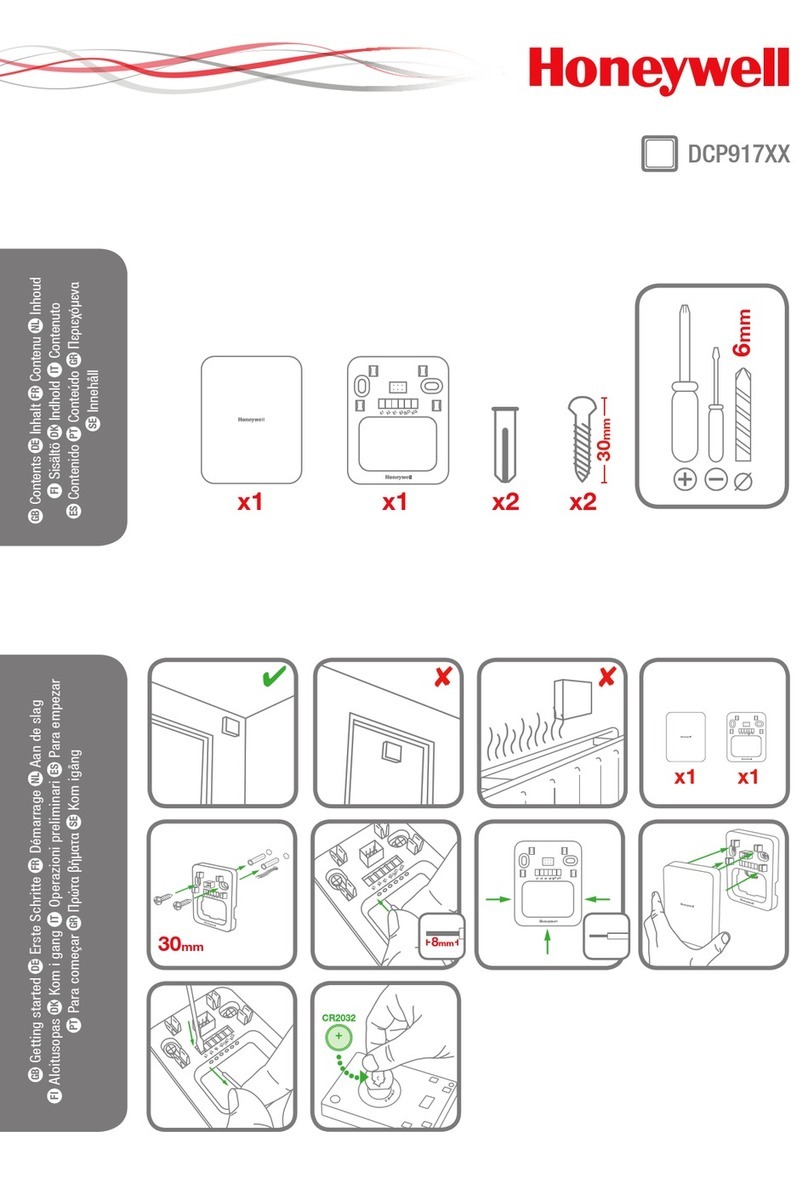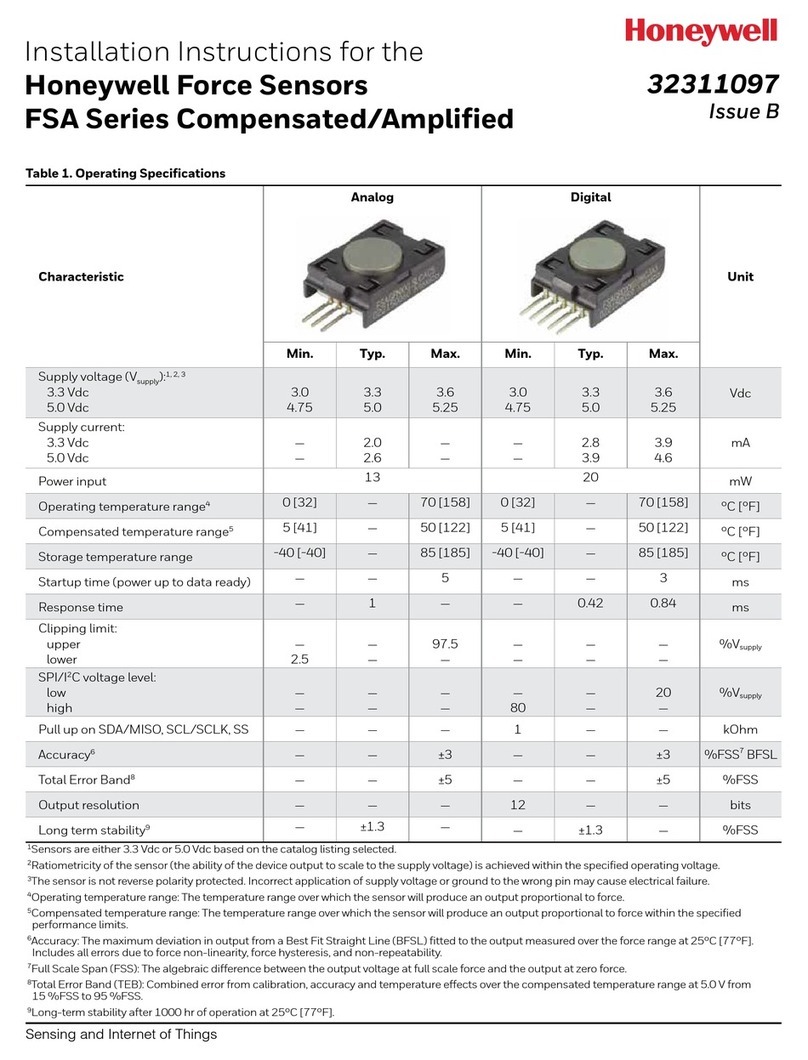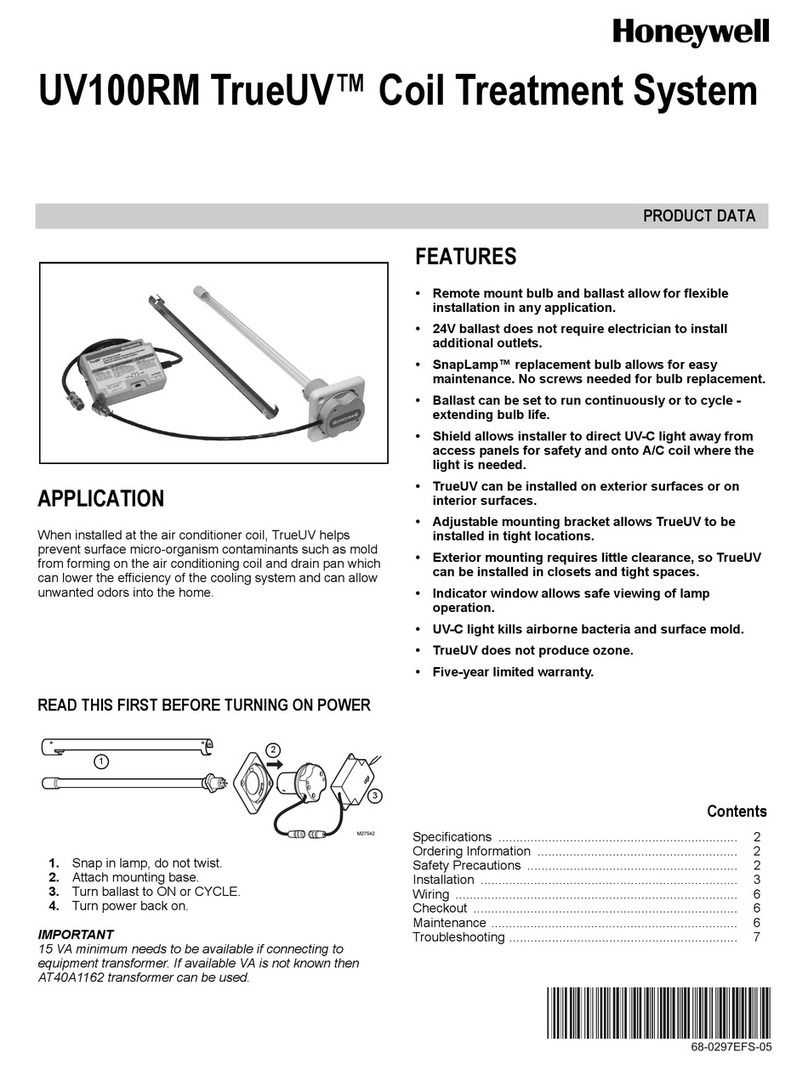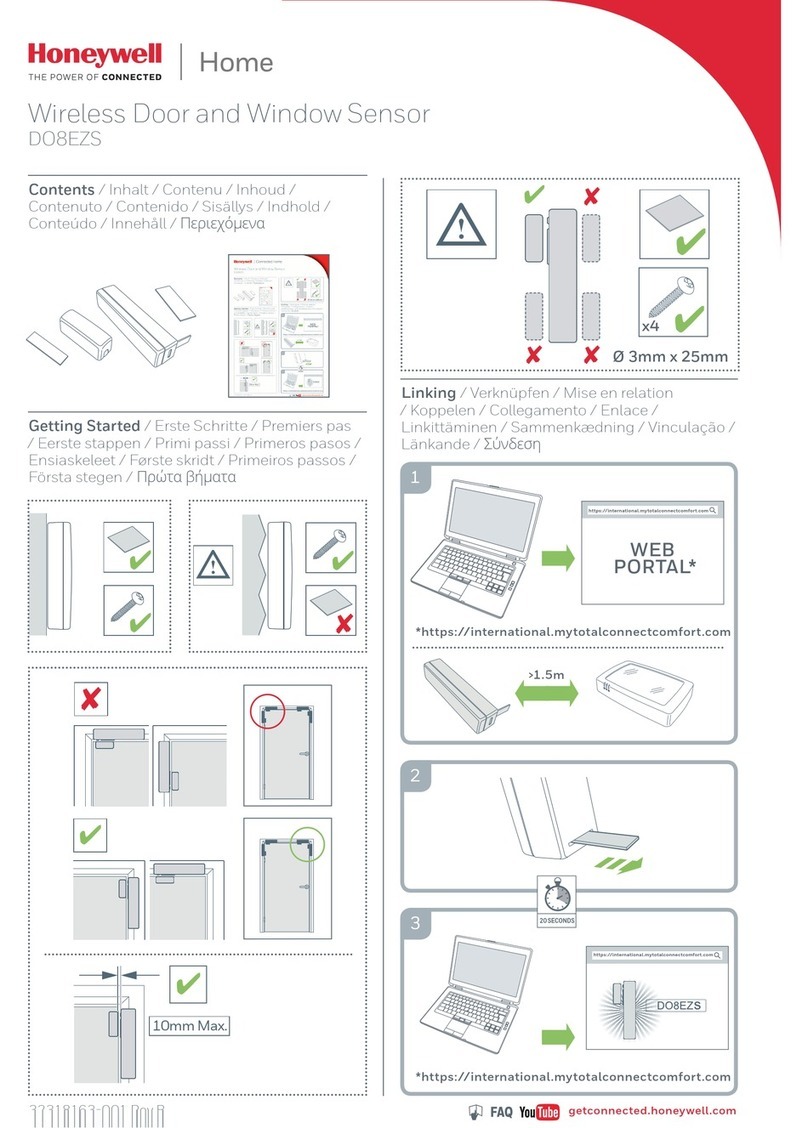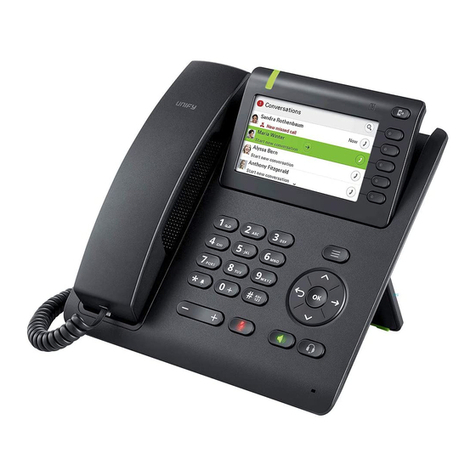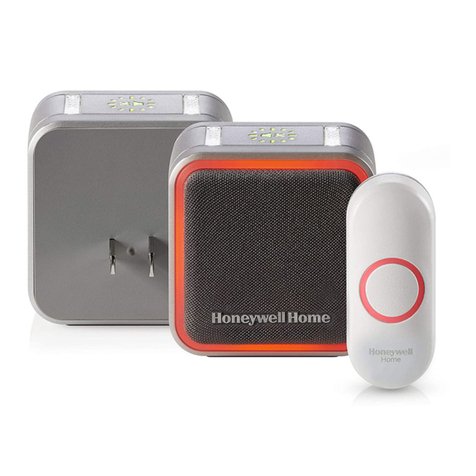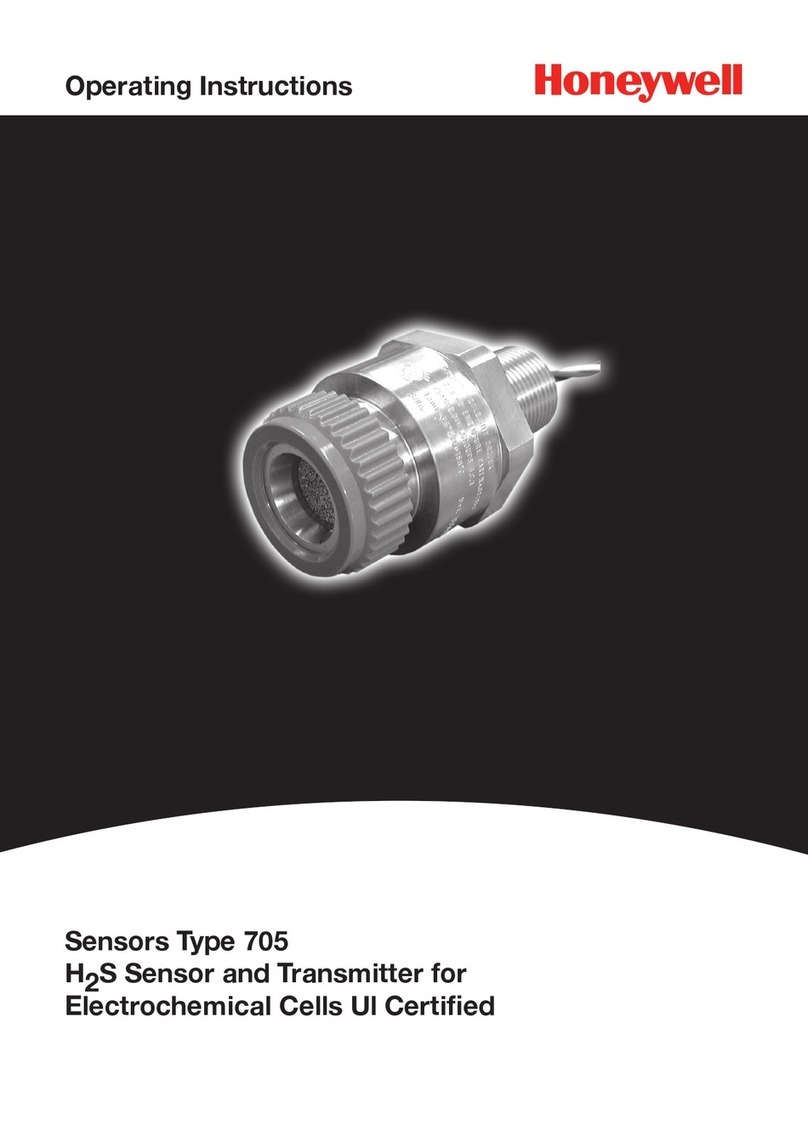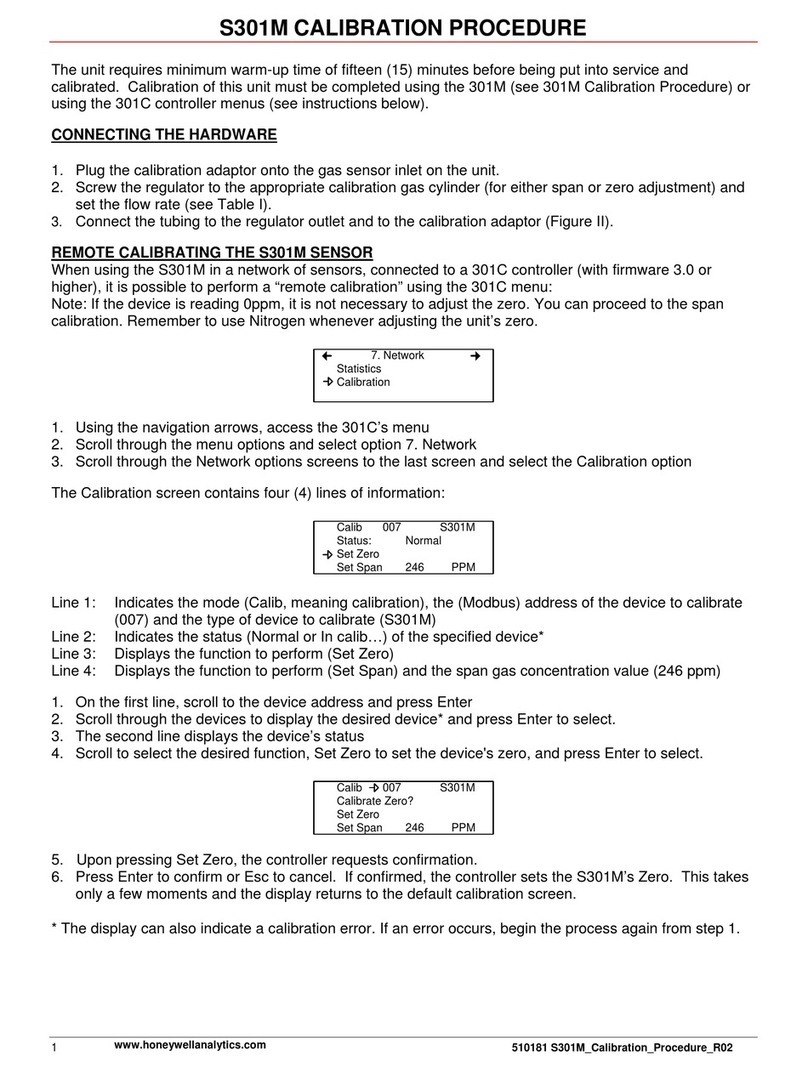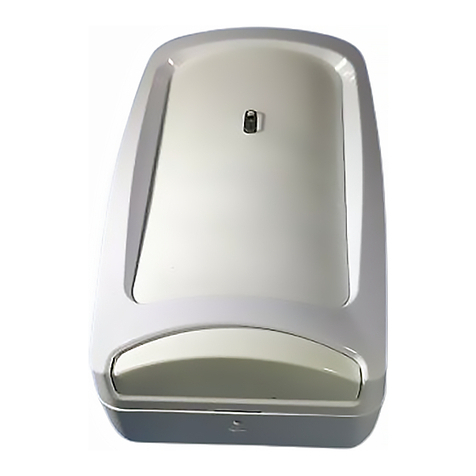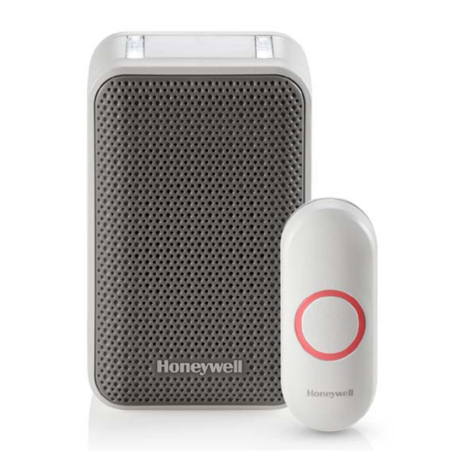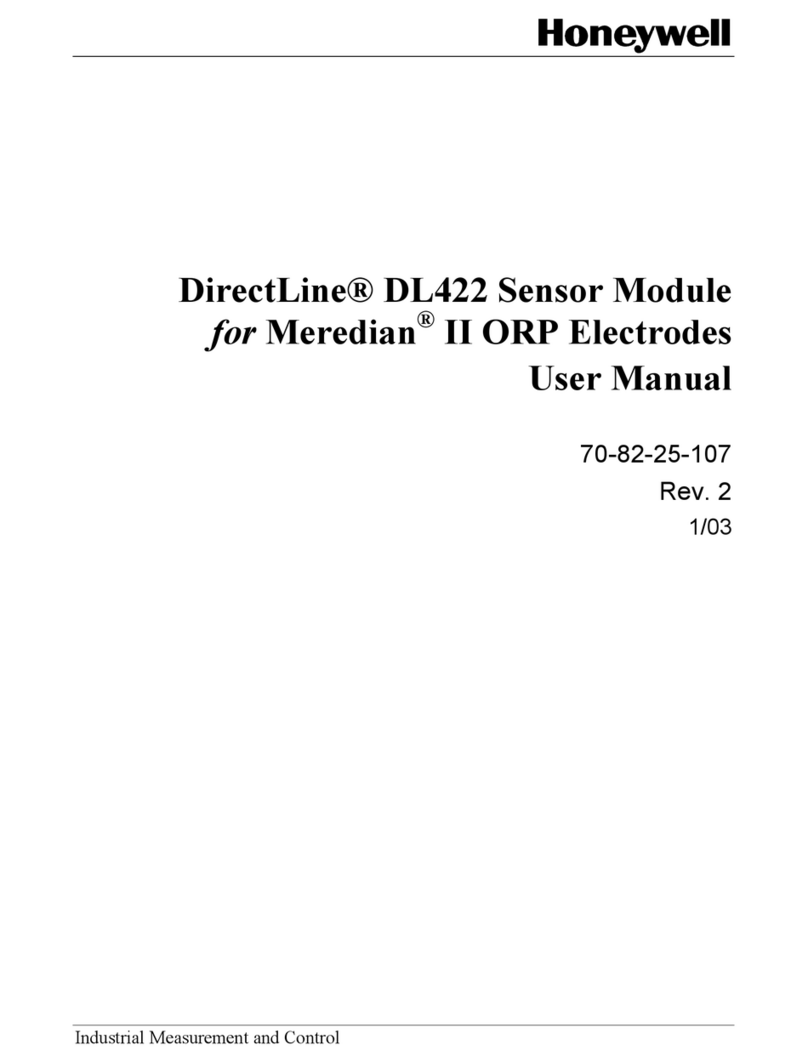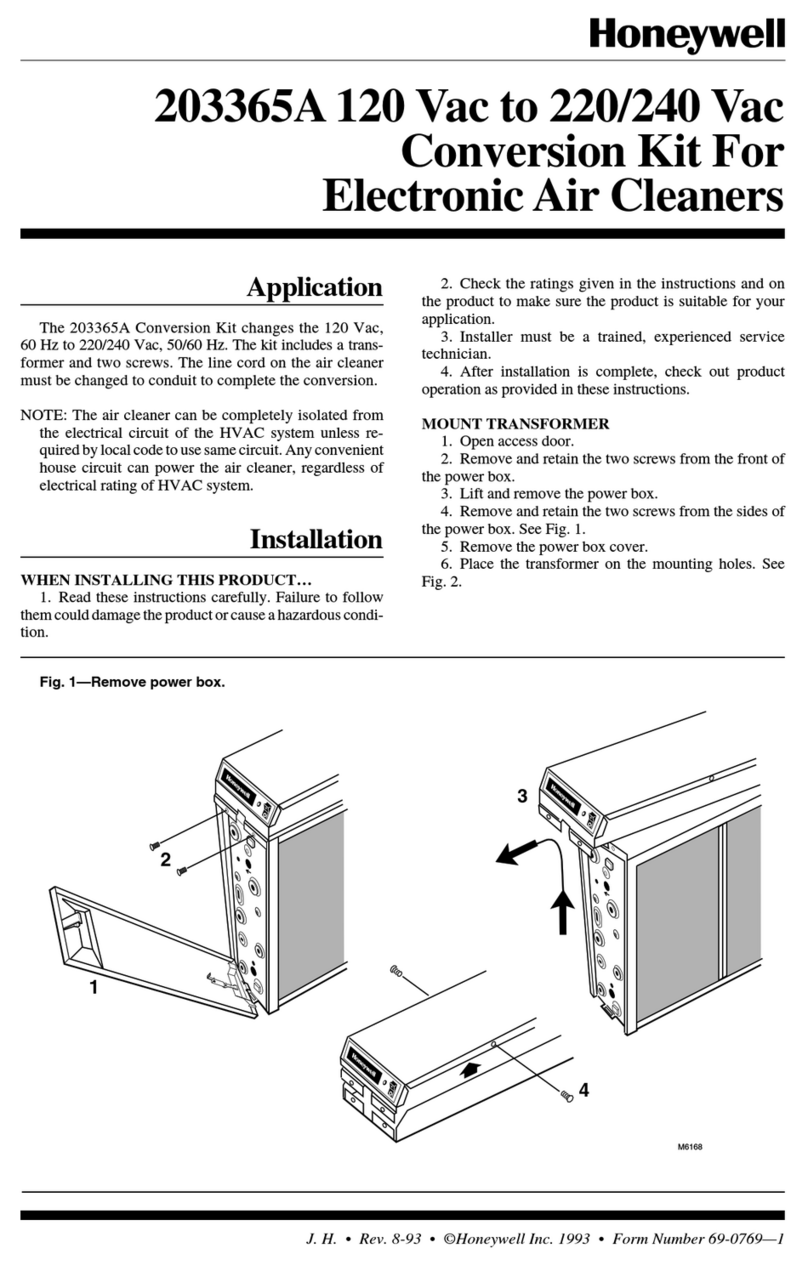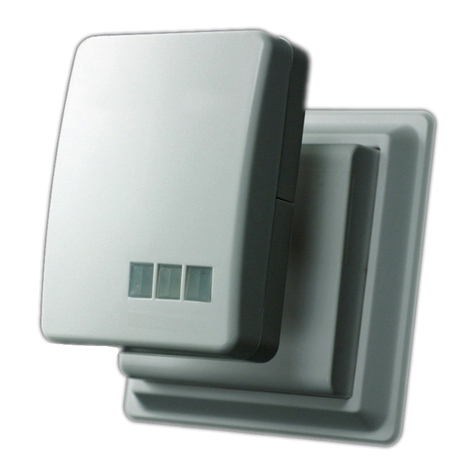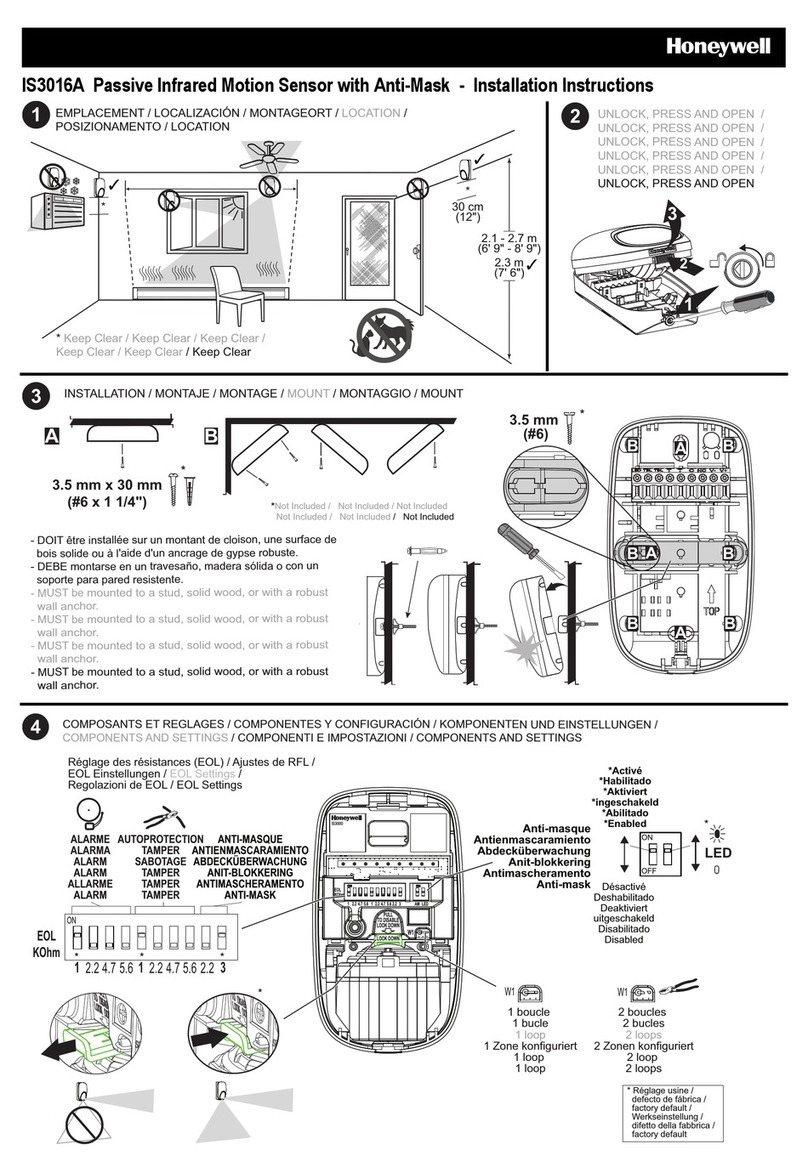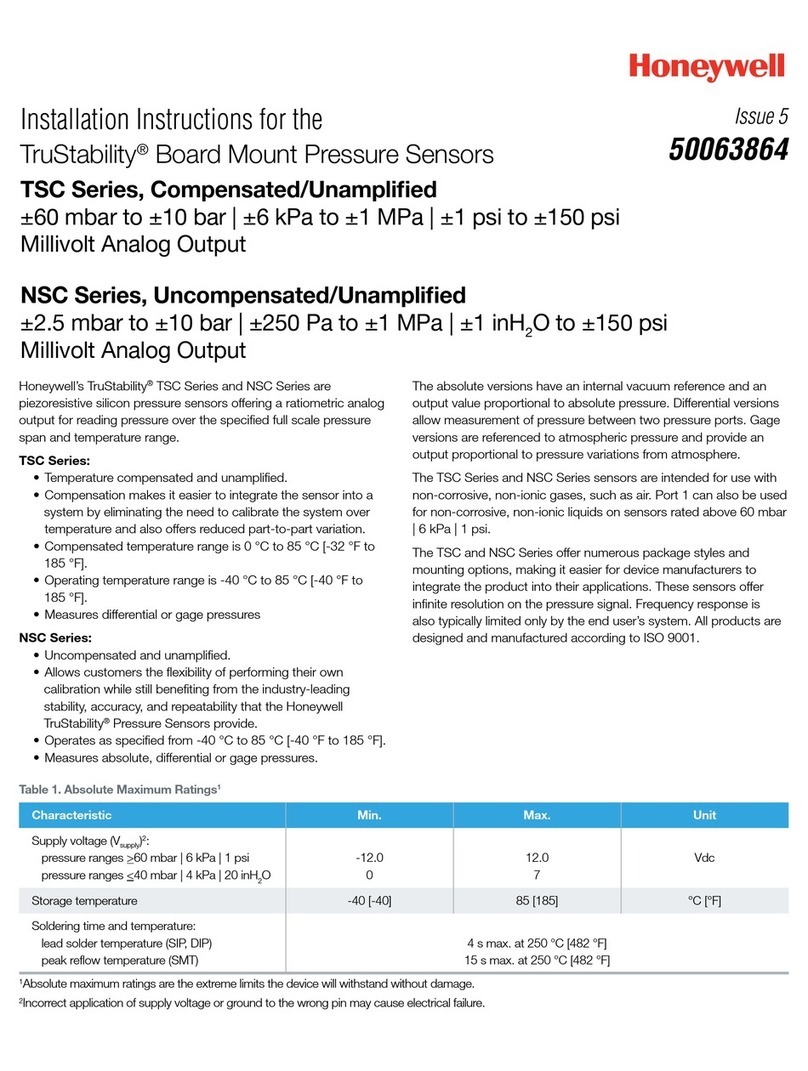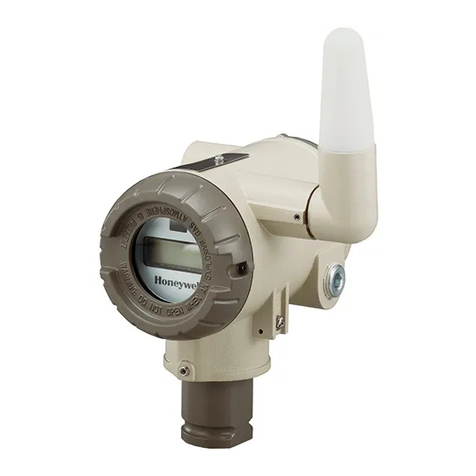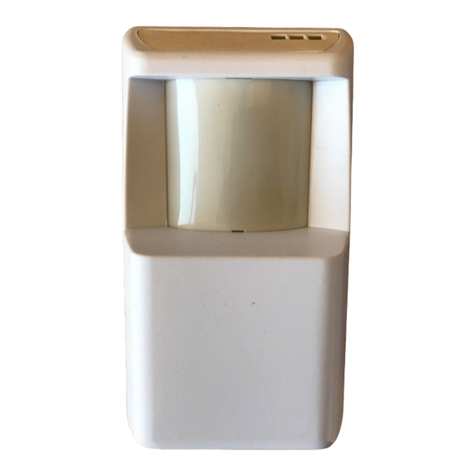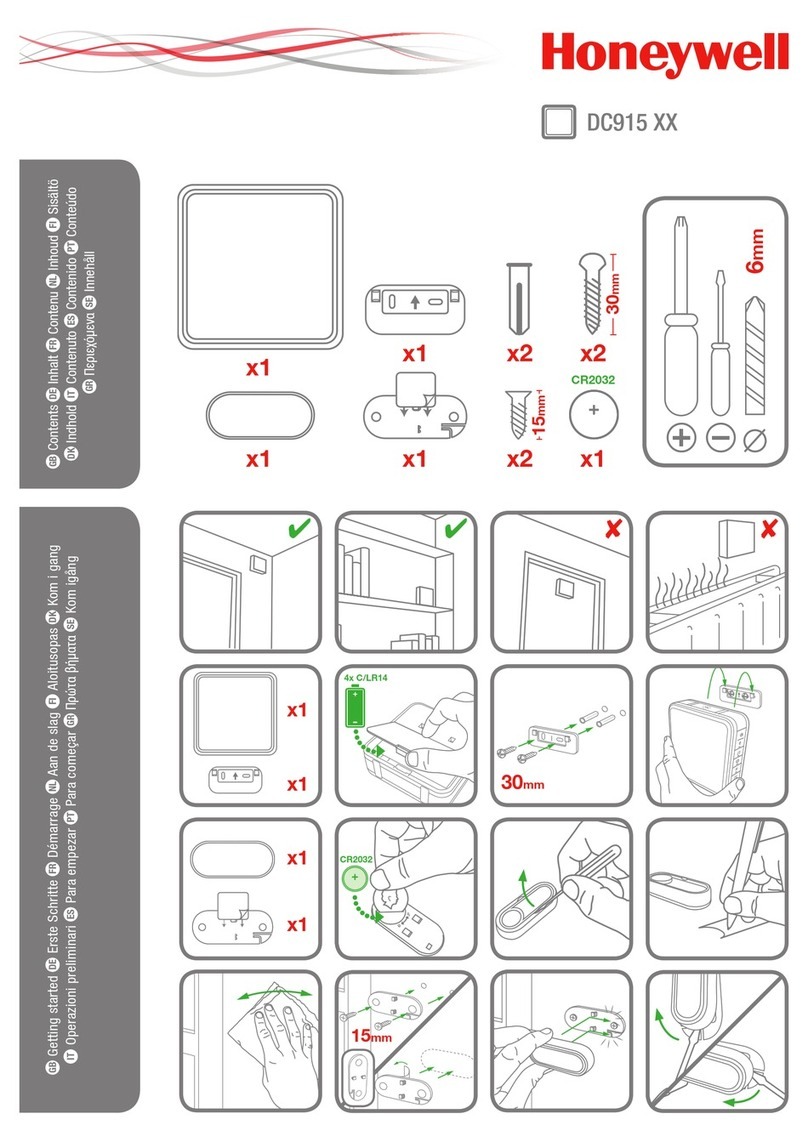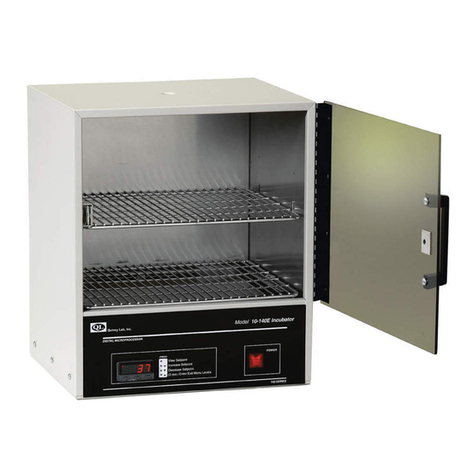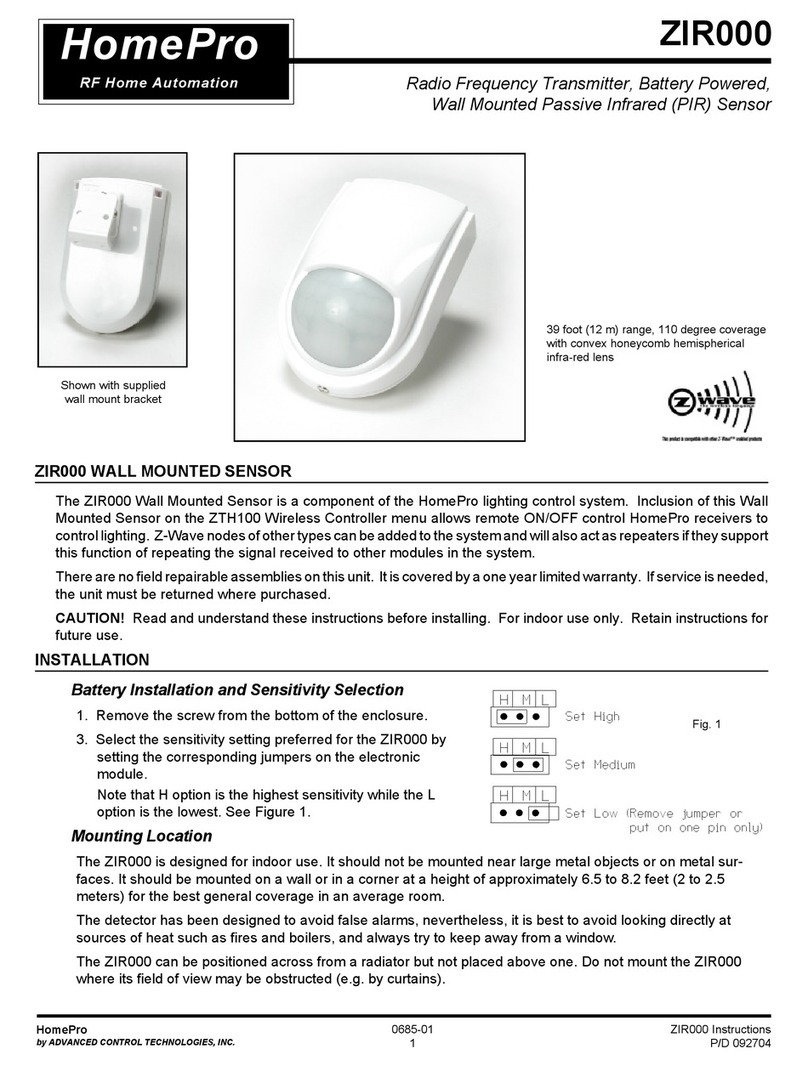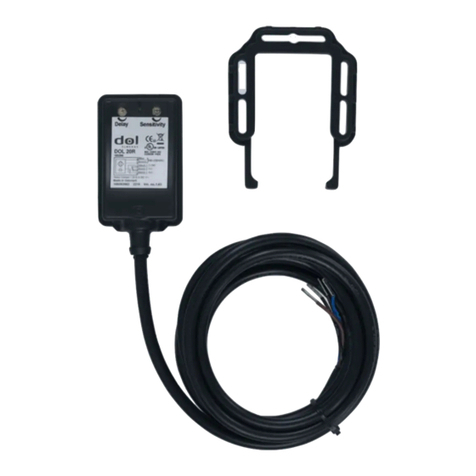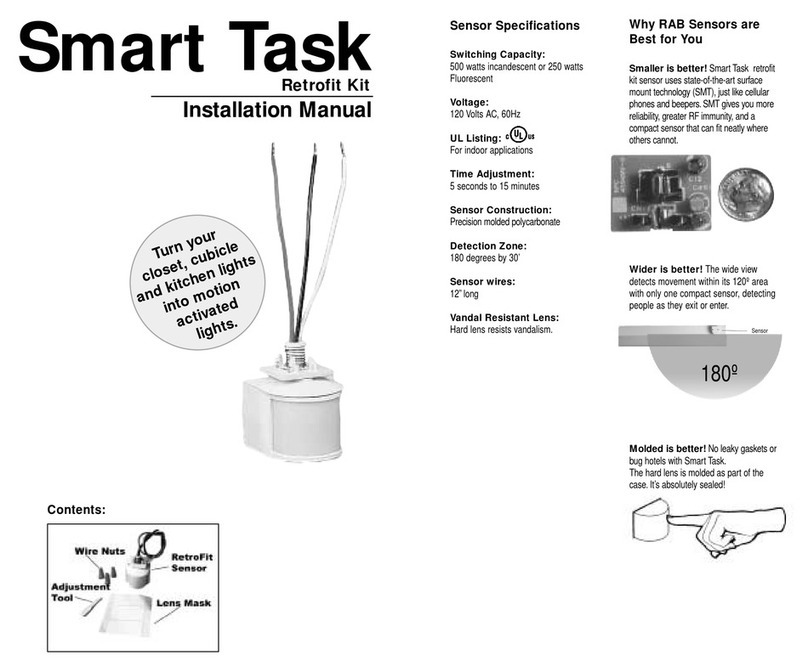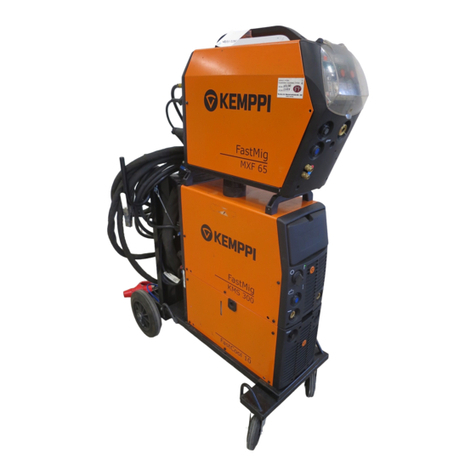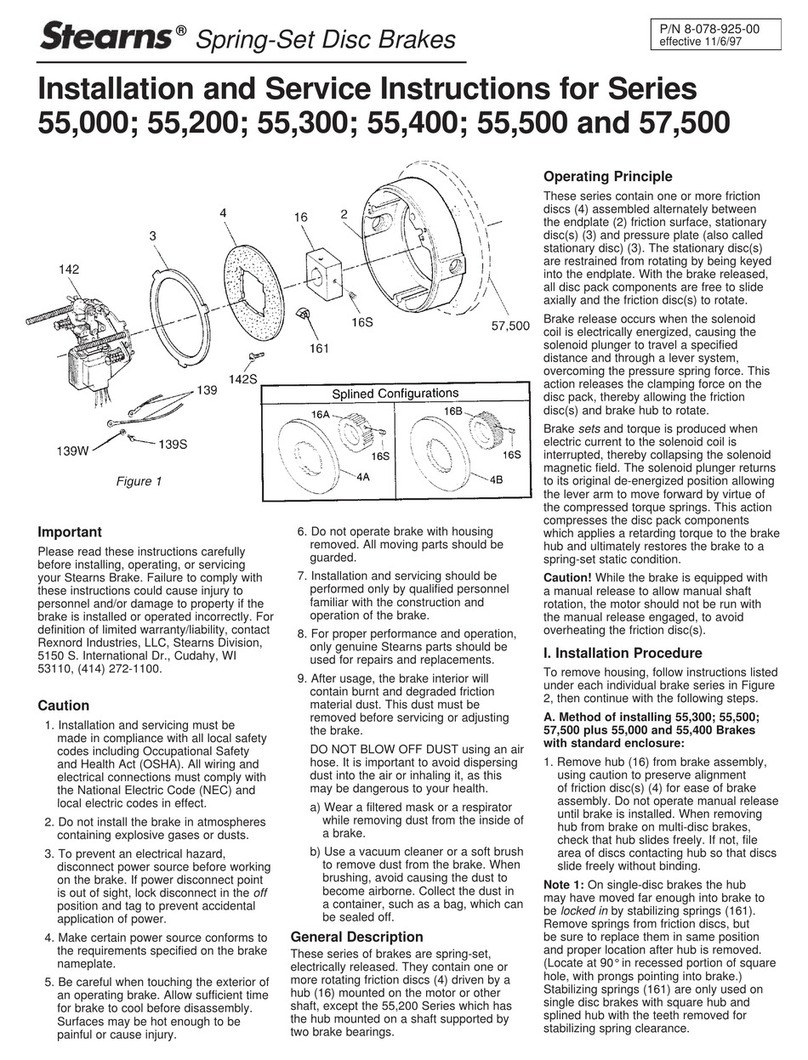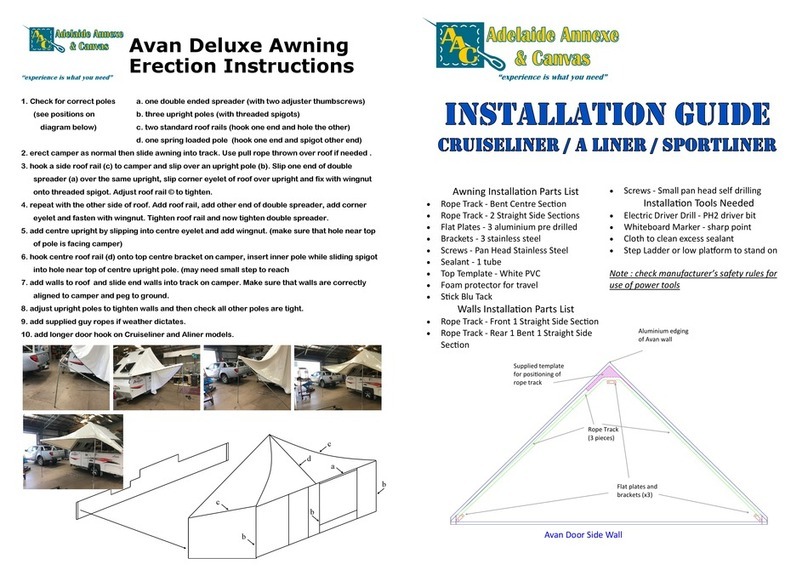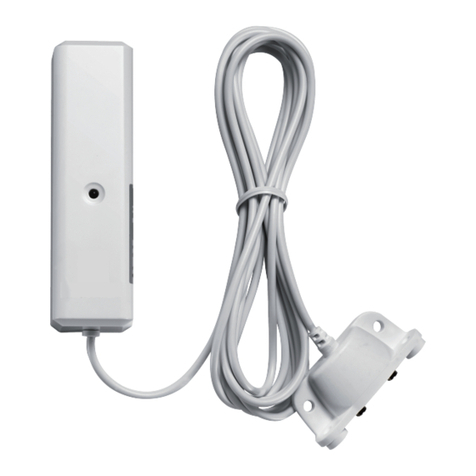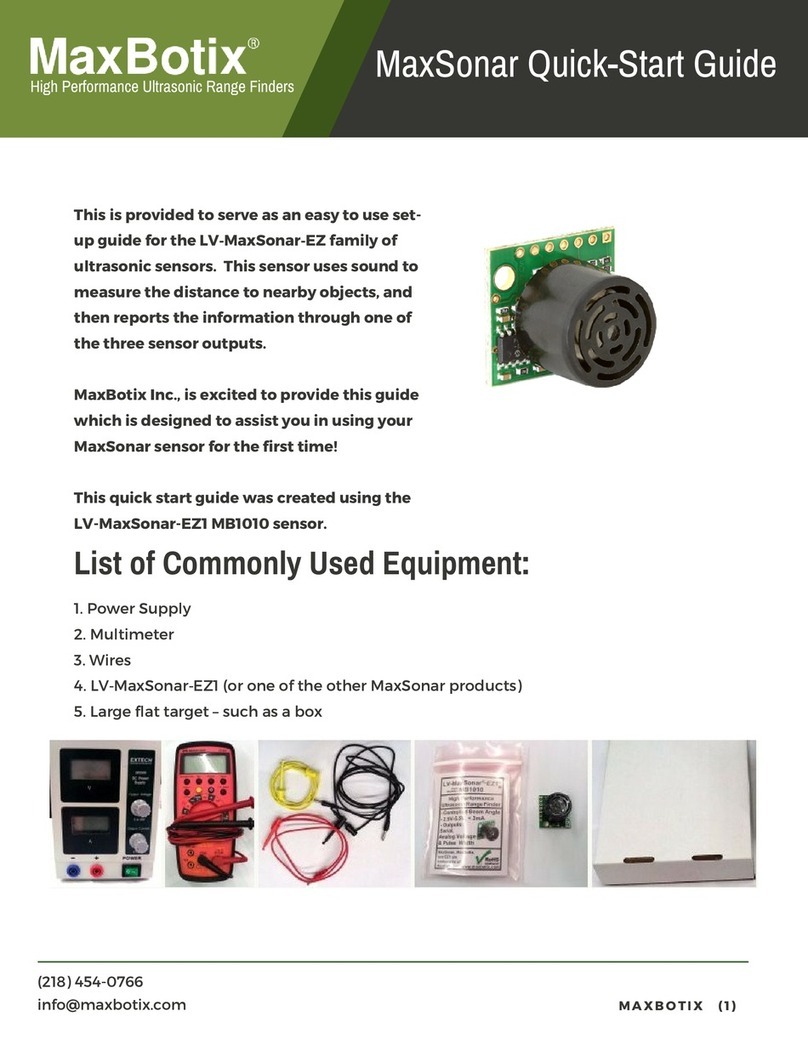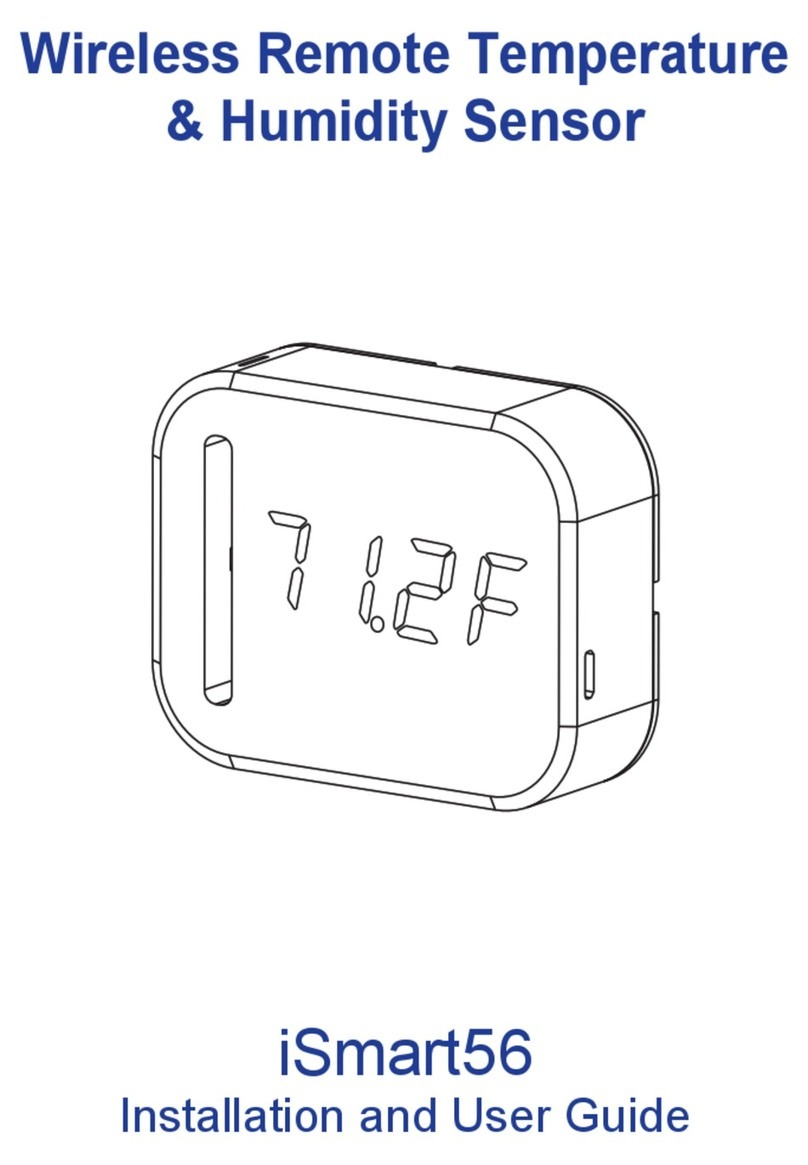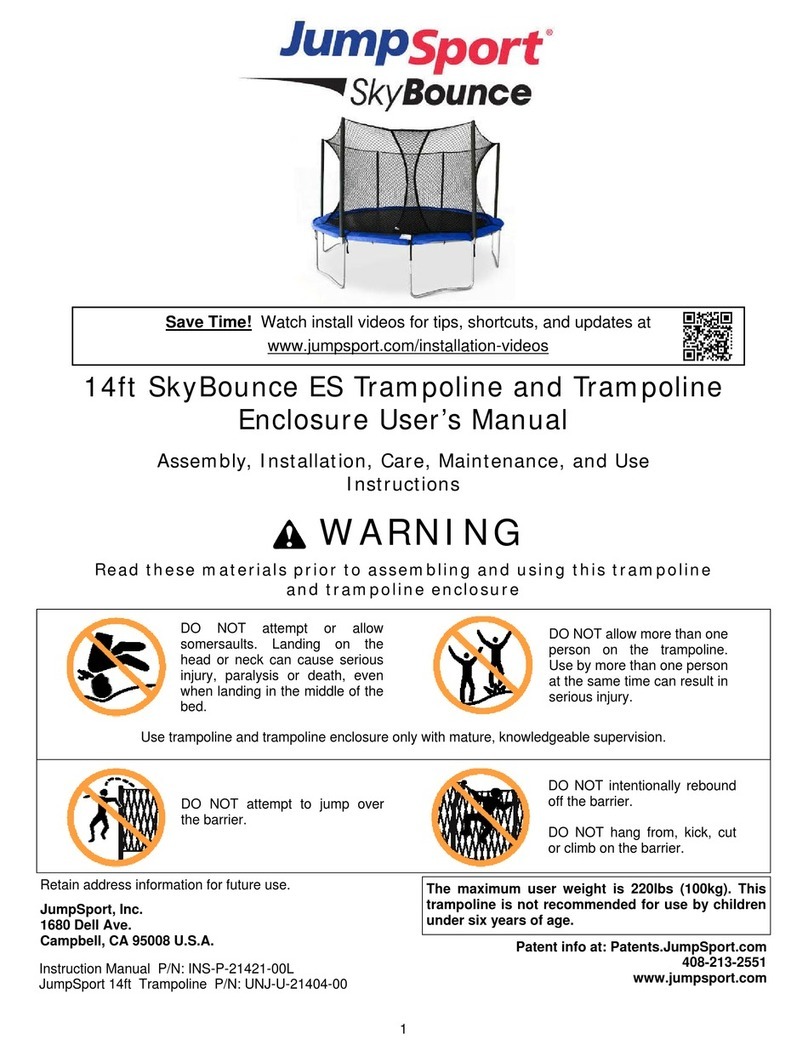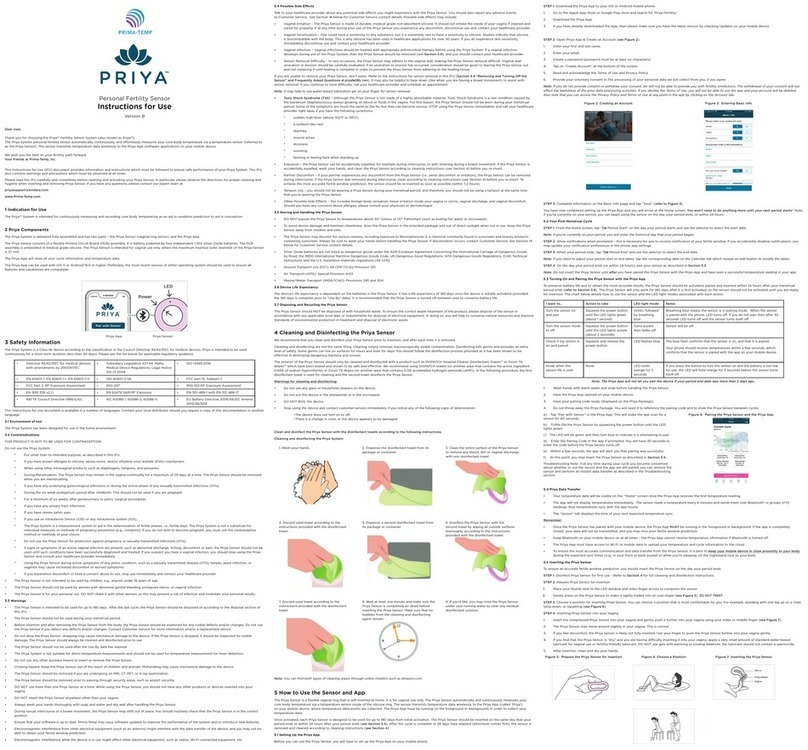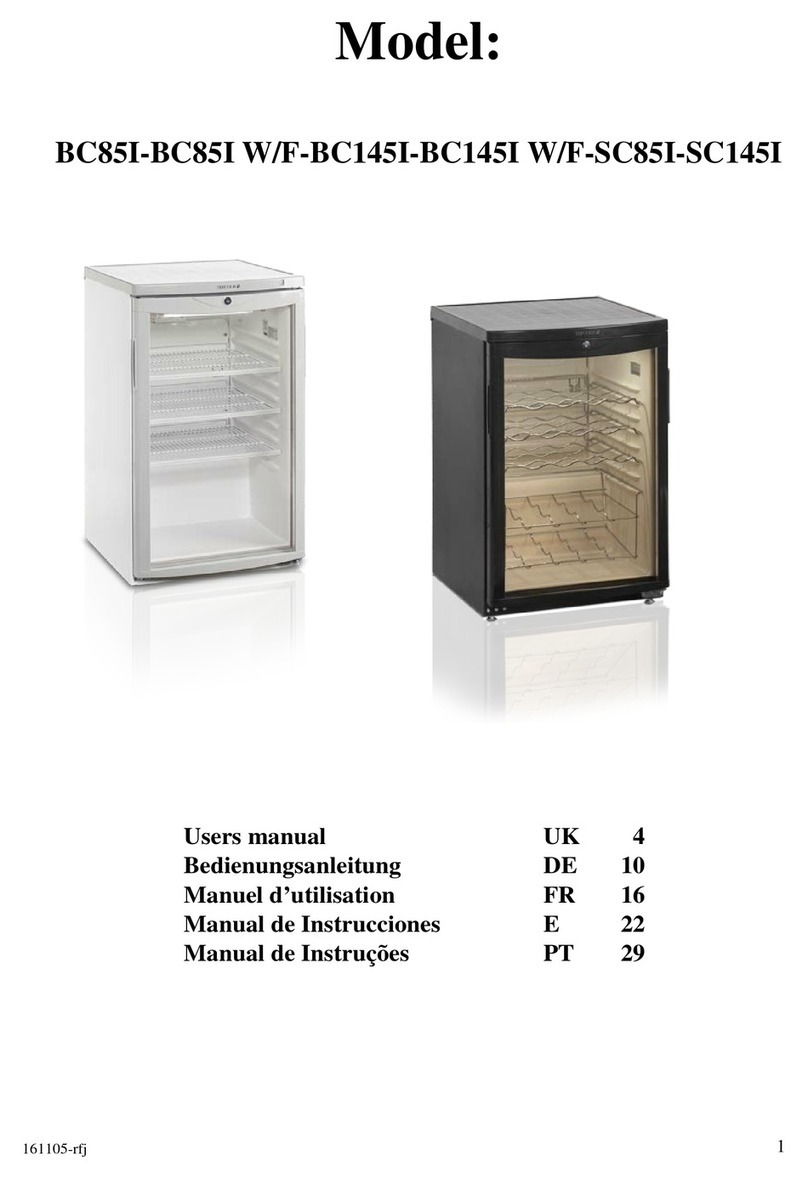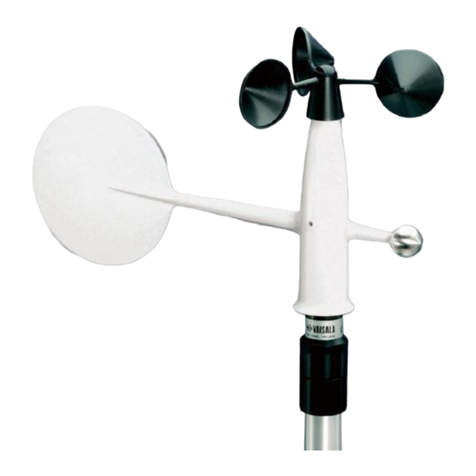
SOLID AND SPLIT CORE 0-5/10VDC OUTPUT CURRENT SENSORS
Home and Building Technologies
In the U.S.:
Honeywell
715 Peachtree Street NE
Atlanta, GA 30308
customer.honeywell.com
® U.S. Registered Trademark
© 2018 Honeywell International Inc.
31-00144—02 M.S. Rev. 05-18
Printed in United States
By using this Honeywell literature, you agree that Honeywell will have no liability for any damages arising out of
your use or modification to, the literature. You will defend and indemnify Honeywell, its affiliates and subsidiaries,
from and against any liability, cost, or damages, including attorneys’ fees, arising out of, or resulting from, any
modification to the literature by you.
CHINA ROHS COMPLIANCE INFORMATION
ENVIRONMENT-FRIENDLY USE PERIOD (EFUP) TABLE
SJ/T 11364
O: GB/T 26572
X: GB/T 26572
This table is prepared in accordance with the provisions of SJ/T 11364.
O: Indicates that said hazardous substance contained in all of the homogeneous materials for this part is below
the limit requirement of GB/T 26572.
X: Indicates that said hazardous substance contained in all of the homogeneous materials for this part is above
the limit requirement of GB/T 26572.
All other components, not listed in the table, do not contain restricted substances above the threshold level.
REGULATORY INFORMATION
FCC REGULATIONS: § 15.19 (A)(3)
This device complies with part 15 of the FCC Rules.
Operation is subject to the following two conditions:
1. This device may not cause harmful interference,
and
2. This device must accept any interference
received, including interference that may cause
undesired operation.
IC REGULATIONS: RSS-GEN
This device complies with Industry Canada’s license-
exempt RSSs.
Operation is subject to the following two conditions:
1. This device may not cause interference; and
2. This device must accept any interference,
including interference that may cause unde-
sired operation of the device.
Le présent appareil est conforme aux CNR d’Industrie
Canada applicables aux appareils radio exempts de
licence. L’exploitation est autorisée aux deux
conditions suivantes :
1. l’appareil ne doit pas produire de brouillage;
2. l’utilisateur de l’appareil doit accepter tout
brouillage radioélectrique subi, même si le
brouillage est susceptible d’en compromettre le
fonctionnement.
FCC WARNING (PART 15.21) (USA ONLY)
Changes or modifications not expressly approved by
the party responsible for compliance could void the
user’s authority to operate the equipment.
Component
Name
- Hazardous Substances
(Pb)
Lead (Pb)
(Hg)
Mercury (Hg)
(Cd)
Cadmium (Cd)
(Cr6+)
Chromium VI
Compounds
(Cr6+)
(PBB)
Polybrominate
d Biphenyls
(PBB)
(PBDE)
Polybrominated
Diphenyl Ethers
(PBDE)
Assorted
capacitors
OO O O O O
Assorted
resistors
OO O O O O
Core O O O O O O
Screw O O O O O O
